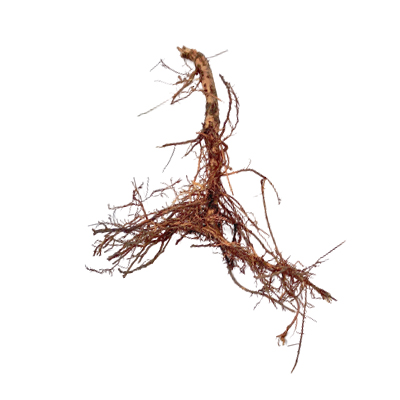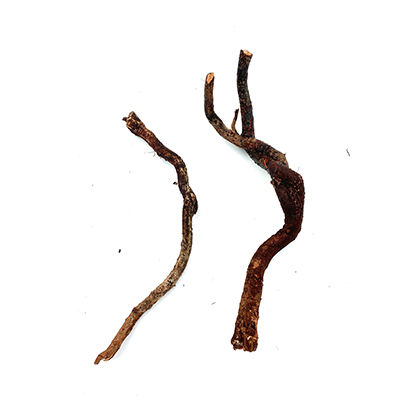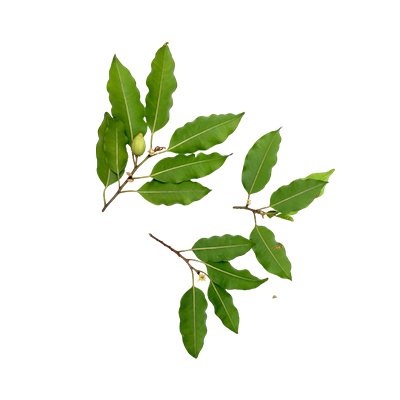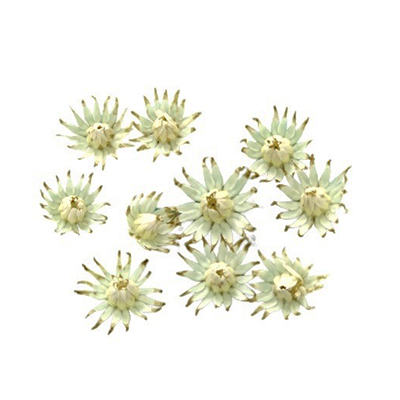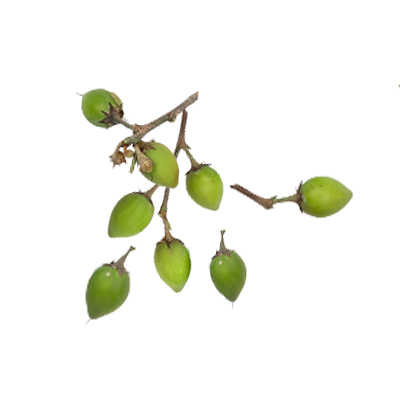Spanish Cherry
Mimusops elengi L.
Sapotaceae
Location in our garden
Principal
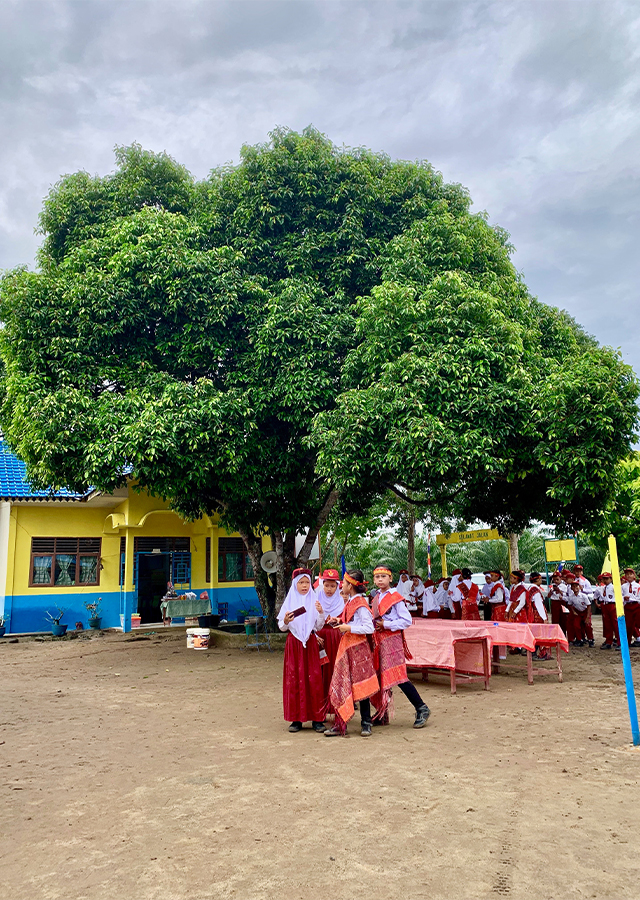

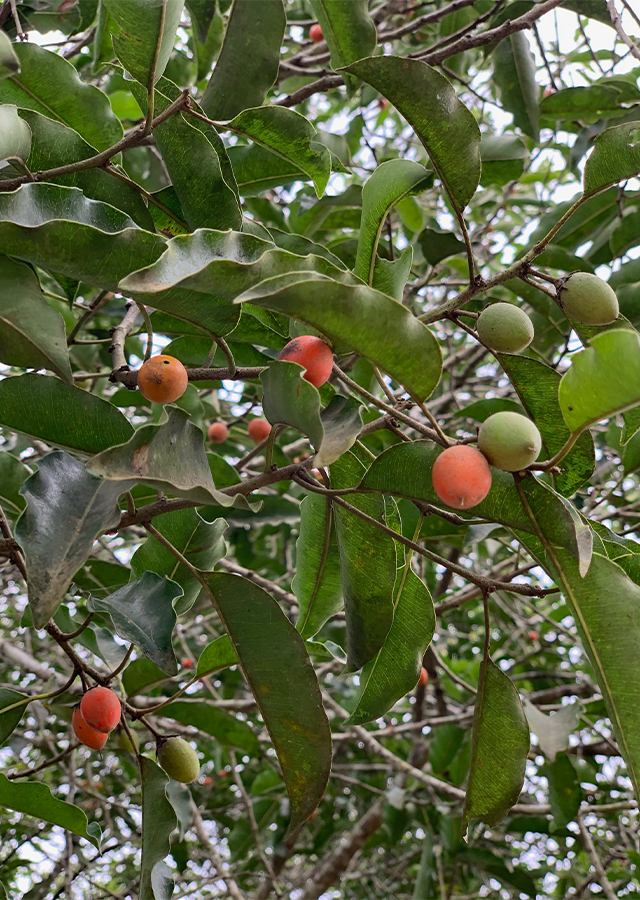
Synonym
Kaukenia elengi (L.) Kuntze
Mimusops erythroxylon Llanos ex Fern.-Vill.
Mimusops javensis Burck
Habitus
Trees. An evergreen tree with a dense, rounded, spreading crown, usually grows from 15-30 m tall
Part Used
Leaves
Seeds
Bark
Flowers
Fruit
Roots
Stem
Growing Requirements
Full Sunshine
Need Shade
Habitat
Forest
Coastal
Rocky Areas
Overview
The species is native to India, Sri Lanka, the Andaman Islands, Myanmar, Indo-China, Peninsular Malaysia to Vanuatu, introduced and cultivated elsewhere. The tree provides food, medicine and a range of commodities for the local people. It is often cultivated in the tropics and subtropics.
Vernacular Names
Pohon tanjung (Indonesia), Kaya (Burmese), Boal (India), Bitis (Malaysia), Kun (Thailand), Bansalagin (Philippines), Cat (Vietnamese), Vonvoleiro (Portuguese), Bakul (Pakistan), Ravalli (French).
Agroecology
It thrives in areas with perhumid or slightly seasonal rainfall types, but is most commonly found in seasonally dry habitats. Grows in rocky localities from sea level to 600 m elevation. It tolerates brief periods of water logging but requires fertile soil. It is fairly tolerant of brief light frost.
Morphology
- Stems- much branched tree with cylindrical trunk 100 cm in diameter. The bark is dark grey, fissured sometimes peeling off in flaky scales.
- Leaves - arranged spirally, more or less in clusters at the ends of branches, on grooved, 1–3.5 cm long petiole with minute and caducous stipules.
- Flowers - axillary, solitary or in fascicles of up to 6, very aromatic, creamy white, 15 mm in diameter, bisexual or functionally unisexual.
- Fruits - ovoid to ellipsoid, fleshy berry, 2–4 cm long, orange red when ripe, 1–2-seeded and with a persistent calyx.
- Seeds - up to 2 cm long, laterally compressed, with a small circular basal scar, endospermic and dicotyledonous.
Cultivation
- Propagation is by seed, it usually germinates within 17-82 days, with a success rate of about 70-90%. Seedlings can be planted out when 20-30 cm tall.
- Greenwood cuttings. The rooting success of 10-15 cm long cuttings with a diameter of 5-10 mm is 70-90%.
- Air layering.
- Grafting.
Chemical Constituents
The seeds contain alkaloids, saponins, tannins, phenolic, flavonoids, tritepenoids, quercitrol, ursolic acid, alcohol triterpen, quercetin, dihydroquercetin and sitosterol glycoside. Bark contain glukoside, ursolat acid, taraxone, taraxerol, butilinic acid and spinasterol.
Traditional Medicinal Uses
- The seeds showed strong inhibitory activity against Gram-positive and Gram-negative bacteria.
- It may possess calcium blocking activity which would explain its hypotensive effect.
- The bark is used as astringent, bitter, and tonic. It is used in the treatment of diarrhoea and dysentery.
- The leaves are used to treat headaches, toothache, wounds, and sore eyes, and are smoked to cure infections of the nose and mouth.
- Water distilled from the flowers is in use amongst the natives of Southern India, both as a stimulant medicine and as a perfume.
- The bruised seeds are applied locally within the anus of child in case of constipation.
- Bark, flower, and fruit: used for heart problems, a decoction of the bark is taken, the flowers are inhaled, and the fruit is eaten.
- Liquid from boiling the bark is also used to clean cuts and wounds.
- Fruit and seed: paste of seeds is made with cold water or the ripe fruits are ingested for persistent diarrhea.
Part Used
Reference Sources
- Lim, T.K. (2012). Edible Medicinal And Non Medicinal Plants - Fruits Vol. 6:. Springer. (pp119-128).
- Fern, Ken. (2014). Useful Tropical Plants: Mimusops elengi. http://tropical.theferns.info/viewtropical.php?id=Mimusops+elengi. 22-01-2021.
- GBIF. (No date). Mimusops elengi L. https://www.gbif.org/species/2883768. 22-01-2021.
